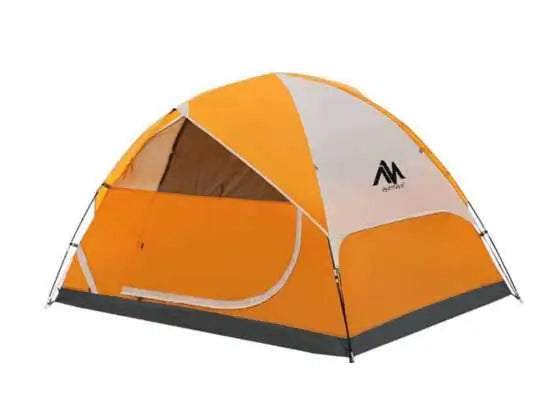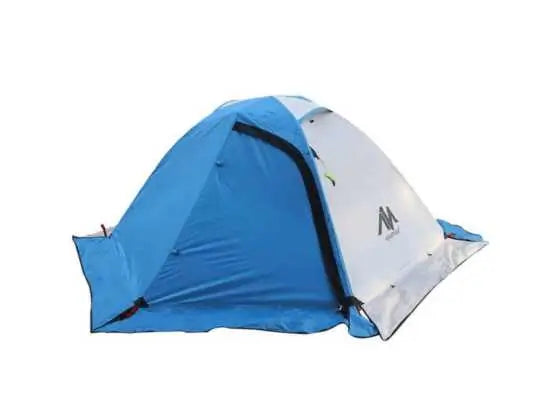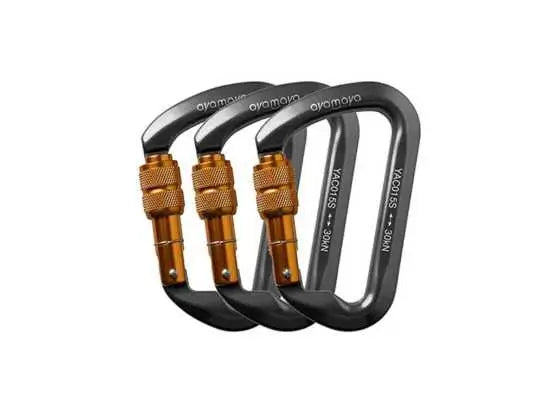Step into the shadow of the moon with our definitive guide to the 2024 Solar Eclipse. This guide covers everything from choosing the perfect viewing location to the must-have gear and observing etiquette. Prepare to be captivated by the extraordinary event where day turns to night, offering a unique spectacle of cosmic proportions.
Part 1: The US 2024 TOTAL Solar Eclipse
Overview of the Solar Eclipse: Date, time, and path of totality
- On April 8, 2024, a total solar eclipse will occur, visible across North America. The event will begin at 11:07 a.m. PDT on Mexico’s Pacific coast and conclude at 5:16 p.m. NDT in Newfoundland, Canada. The path of totality will cross through multiple U.S. states, providing a unique opportunity for observation. This rare astronomical event offers a direct view of the moon completely covering the sun.

Historical significance: Compare with past eclipses and their impact
- The 2024 solar eclipse holds significant historical value, being the first total eclipse visible across North America since 2017. Historically, solar eclipses have been important for scientific advancements and cultural events. Past eclipses have allowed scientists to study the sun’s corona and have influenced art, literature, and mythology. Comparing the 2024 event with previous ones highlights its rarity and the evolving understanding of celestial phenomena. It's fun to imagine how total eclipses in the stoneage would have affected the early Homo habilis, Homo erectus, Homo sapiens. Put yourself in their sandals, (or bare feet). There would have been no warning, just "bam."
Importance of location: How the experience differs between total and partial eclipse zones
- The location significantly affects the eclipse experience, distinguishing between total and partial views. In the path of totality, observers experience complete darkness, revealing the sun's corona and creating a dramatic celestial event. Outside this path, only a partial eclipse is visible, where the sun remains partially obscured. The totality offers a unique, full eclipse experience, whereas partial zones provide a less intense but still noteworthy phenomenon. Hopefully you're lucky enough to either live in or near the totality path so you can experience totality. The second part of the equation is weather. A cloudy or rainy day may put a kibosh on all viewing, fingers crossed it's clear for you and your crew!
Part 2: Preparing for the Eclipse – Planning and Packing
Choosing a location: How to select the best camping spot within the path of totality or for observing a partial eclipse
- For optimal eclipse viewing, select a camping spot within the path of totality. This location ensures a view of the total eclipse, offering the full experience of the sun’s corona and the surrounding darkness. Research campsites and areas known for clear skies and minimal light pollution. If aiming for a partial eclipse view, choose locations with good horizon visibility to maximize your observation of the event.
Camping essentials: Gear and supplies checklist specific to eclipse viewing (e.g., tents, comfortable seating, weather-appropriate clothing)
- For eclipse camping, pack essentials like a reliable tent, comfortable seating, and clothing suited for the weather conditions. Include eclipse-specific items: solar viewing glasses, a sun filter for telescopes or cameras, and a portable power source for electronic devices. Also, consider bringing binoculars with solar filters, a first-aid kit, and extra food and water, given the potential for large crowds and extended stays at viewing sites. The perfect Solar Eclipse Chair, Ayamaya's High-Back Lounger Camping Chair with sofa-like comfort and the perfect angle to enjoy the eclipse.

Eclipse gear: A detailed list of necessary eclipse viewing equipment, like solar glasses, telescopes, and cameras
- Eclipse gear should include solar glasses that meet the ISO 12312-2 safety standard for direct sun viewing. A telescope or binoculars with solar filters can enhance the experience, allowing detailed observation of the sun’s corona and other phenomena. Cameras equipped with solar filters and tripods are essential for capturing the event. Ensure you have all necessary mounts and lenses for your equipment to safely observe and document the eclipse.

Part 3: Eclipse Camping Etiquette and Safety
Viewing safety: Detailed instructions on how to safely watch the eclipse, including the use of solar glasses and viewers
- For safe eclipse viewing, always use solar glasses or viewers that meet the ISO 12312-2 standard. Inspect your solar filter before use and discard if scratched or damaged. During the total eclipse phase, it is safe to view without filters, but they must be reapplied as soon as the sunlight begins to reappear. Never look at the sun directly without proper protection, even when it is partially obscured.
Campsite etiquette: Respecting others' space and equipment, managing noise, and light pollution
- Maintain campsite etiquette by respecting others' space and equipment, avoiding unnecessary noise, and minimizing light pollution. Keep a safe distance from other campers' viewing setups and ask permission before using their gear. Use soft lighting or red lights to preserve night vision and avoid disturbing the eclipse observation. Keep noise levels low to allow all campers to enjoy the unique atmosphere of the eclipse.
Here are a few more etiquette tips:
- Plan your solar eclipse viewing spot well in advance to enhance the experience for yourself and others.
- Respect personal space and equipment; always ask before using someone else's telescope or camera.
- Minimize light pollution by controlling vehicle headlights and avoiding unnecessary driving through the campground or during the eclipse. Avoid lanterns, headlamp and flashlight use.
- Use bug spray cautiously, avoiding its application near sensitive equipment to prevent damage.
- Extinguish campfires during the eclipse to reduce smoke and improve visibility for all viewers.
- Be considerate of the emotional impact of the eclipse; keep noise to a minimum and ensure pets are comforted and quiet.

Environmental considerations: Leave no trace principles, fire management, and wildlife considerations
- Adhere to 'Leave No Trace' principles, ensuring your campsite is as clean when you leave as when you arrived. Manage fires responsibly, following local regulations to prevent wildfires and minimize smoke interference with eclipse viewing. Be mindful of wildlife by keeping food secured and minimizing disturbances, protecting both the environment and the natural experience of the eclipse.
Final Thoughts
Preparing for the 2024 Solar Eclipse involves more than just marking your calendar. It's about selecting the right spot, packing the essential gear, and respecting both the environment and fellow eclipse enthusiasts. By following these guidelines, you can ensure a safe, enjoyable, and memorable eclipse viewing experience. So, gather your gear, embrace the adventure, and get ready to witness one of nature’s most magnificent displays in the sky. Get it while you can, as the next total solar eclipse visible in the United States will be on August 12, 2045. Enjoy!








